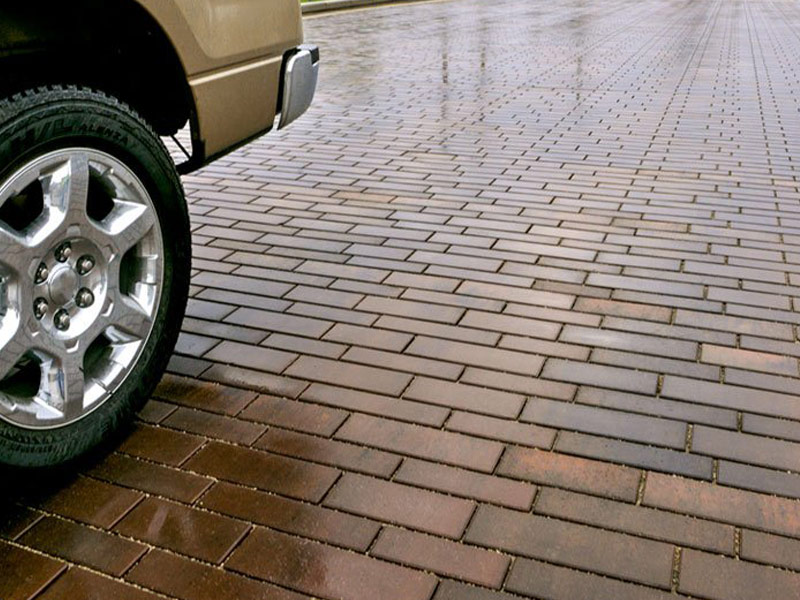

Setting, detritus is derived in various proportions from volcanicfields associated with tectonic extension

The Nile course is controlled along its entire length by the East AfricaneRed Sea Rift. All chemical and physicalĬontrols on sediment petrography, mineralogy and geochemistry, including weathering, grain-size, hydraulic sorting, mechanical breakdown, anthropic impact, mixing and recycling are investigated in detail. Highlands of Burundi and Rwanda to their sink in the Mediterranean Sea. We trace compositional changes of Nile sediments for 7400 km, from their sources in equatorial rift Glacio-eustasy and paleoclimate, in addition to other autogenic factors in the depositional system. Collectively, the results imply that the generated eolianites along the carbonate ramp are strongly controlled by Pleistocene paleosols may be initiated during wet periods of the highstand and developed later during subsequent lowstandĮpisodes. ‘Ps1′ represents an example of the generation of protosol/paleosol during a highstand period. The paleosols were mostly best developed during periods of lowstand. Stages (MIS) of the middle Pleistocene ‘MIS 9 and 7′, the late Pleistocene ‘MIS 5e’ and ‘MIS 5c-5a’, and finally the Holocene The studiedĮolianite units are attributed herein to periods of highstand and stillstand, which can be correlated to the Marine Isotope The suggested depositional model matches well with the worldwide age-datingĭata of the carbonate coastal dunes, which generally indicate contemporaneous periods of eolianite deposition. Tectonics on a gentle-slope carbonate ramp. Depositional development of theĬarbonate eolianites is strongly controlled by the Quaternary paleoclimate and glacio-eustatic sea-level cycles under mild The intra-eolianite facies association is represented locally by marine boulders of grainstone and rudstone (possibly reworkedĪnd imbricated by storm and tsunami waves) in the Coastal and Maryut eolianite ridges. The inter-eolianite facies association includes paleosols, protocols and calcretes. The eolianite facies association comprises crossstratified Twelve depositionalįacies belonging to three main facies associations have been identified. Units, separated by eight eolianite-bounding surfaces and paleosol/protosol horizons are recognized. Facies analysis and stratal architecture are integrated with earlier age-dating data to develop aĭepositional model of the landmark eolianite ridges in the northwestern Egyptian coast. The present paper focuses on the facies and allogenic controlling factors affecting the eolianite depositional system on a


 0 kommentar(er)
0 kommentar(er)
